Growing kratom has been a central part of kratom use in the plant’s original context for a long time — especially since access to commercial kratom was restricted in Thailand in 1943. In its native environment, Mitragyna Speciosa thrives in backyards just as much as it does in the forests and jungles. In fact, backyard cultivation is how a lot of our kratom leaf powder is produced!
Now, as kratom enthusiasts in the United States continue reaching higher levels of expertise in the plant, interest in growing kratom is spreading. However, outside of Southeast Asia, this project poses a far greater challenge. Keen to learn about kratom gardening? Read on to learn about kratom seeds, cuttings, seedlings, and more.
Growing Kratom in the U.S. — More than Just a Simple Transplant
A gardener with a green thumb (we all know at least one) seems to be able to grow anything by taking a little cutting and planting it. They spot a new or rare variety that they’d like to add to their collection, take a cutting, and next thing you know they’ve got a rainbow of variegated cultivars that they can proudly display at garden shows and plant markets.
Even if you’ve reached this level of expertise (if you have, please let us know!), growing kratom in the States is another thing entirely. We’re not just talking about moving a cutting a block or two away; we’re talking about bringing a plant halfway across the world and growing it outside of its natural habitat.
What Kratom Needs to Thrive
Consider the following requirements of Mitragyna Speciosa to understand why growing kratom is extremely challenging:
- Constantly moist, well-draining, humus-rich soil
- Partial sunlight
- At least 40’ of vertical space
- Soil pH between 5.6 and 6.5
- USDA Zone 9a (minimum 20°F), 9b (minimum 25°F), or 10a (minimum 30°F)
- Ideally, a minimum temperature of 45°F all year round
In the forests of Malaysia or Borneo, these requirements are easy to fulfill. However, in the United States, you’re basically looking at the state of Florida and the city of Renton, Washington if you want to grow kratom outdoors.
Workarounds for Growing Kratom in Nonideal Climate Zones
So, what if you have the possibility of acquiring kratom seeds or cuttings but don’t live in Florida? Basically, you can try growing kratom in pots, indoors, or in a backyard greenhouse. Balcony kratom could work for the first year or so, but be prepared to move your seedling on after that — these evergreen trees grow FAST!
If you try growing kratom in pots, make sure you’re using a humus-rich potting mix and that the pot is able to drain freely. An automatic sprinkler system will ensure that the soil always remains moist. When the weather is expected to dip below 45°F, move your pots inside and place them near a window that enjoys partial sun. Of course, it’s important to keep in mind that the kratom plant can rapidly outgrow the ability to do this.
How to Grow Kratom: Three Ways
Kratom Seeds
Growing kratom from seeds is possible, but it’s the most difficult way to get this tree started. In the wild, Mitragyna Speciosa seeds spread far and wide with the wind, and a very small number will actually germinate. Kratom gardeners on web forums have commented that only around 20% of the seeds are actually viable and that the seeds lose their viability extremely quickly after they fall from the tree.
Kratom Cuttings
Growing kratom from cuttings is the most popular way to cultivate kratom. When you receive your live cuttings, pot them in a sterile medium with Ziploc bags over the top and natural or artificial lights to create a miniature tropical greenhouse. Gardeners comment that they grow with or without rooting hormone, so you might like to try some cuttings with and some without, to compare the result.
Kratom Seedlings
If you’re lucky enough to have a kratom nursery nearby, you might even be able to buy a well-rooted kratom clone or small kratom tree that’s ready to go. This is an ideal solution for anyone who doesn’t have a green thumb or who wants to enjoy fresh kratom sooner than you could with kratom seeds.
The other advantage to buying Mitragyna Speciosa from a nursery is that these clones are often acclimatized to your climate zone. That means that you won’t have to worry about replicating the steamy conditions because your plant has made the adjustments for you! However, these are few and far between.
Deciding Whether It’s Worth Growing Kratom
Taking all of these factors into consideration, how can you know whether growing kratom might be right for you? Here are a few questions to help you decide:
1. Do you have sufficient space for a 40-foot (or taller) evergreen tree?
As we mentioned early on in this piece, Mitragyna Speciosa trees are HUGE. If you live in an apartment, small unit, or rented home, this is not a realistic long-term project for you.
2. Are the climate conditions where you live suitable for growing kratom?
Mitragyna Speciosa can adapt to a few different climates — within reason. If you live in an area with mild winters and plenty of rainfall, you could reasonably try growing kratom from a mature clone. However, if your area is known for snow, sleet, and ice, growing kratom is likely out of reach.
3. Do you have the time, patience, and interest to care for your tree properly?
It’s one thing to daydream about having kratom at your fingertips, but it’s another thing tending to a young tree day after day and making any needed amendments. Setting up a garden or garden tech takes time, money, and regular care. If you’re someone who is better at killing plants than nurturing them, you might want to skip this particular project. Don’t forget, your kratom plant will need nurturing when you’re out of town. Can you find someone reliable with the knowledge required to step in for you?
4. If your first tree or trees fail, are you willing to try again?
Even with complete dedication and quality kratom seeds or cuttings, Mitragyna Speciosa specimens still have a high chance of failing. Be prepared to try again and again until you find a cutting or seed that takes.
If you answered “yes” to all of these gardening criteria, congratulations — you might soon be on your way to growing vibrant, healthy kratom at home! If not, you can always support family-based backyard plantings and sustainable, wildcrafted kratom by purchasing dried kratom at Kratora. All of our red, white, and green-vein kratom is grown using organic techniques and packaged securely to keep it fresh. Shop with us today to receive same-day shipping on orders submitted before 3 p.m. Eastern Time Monday through Friday and 1 p.m. Eastern Time on Saturdays (excluding holidays).
Maeng Da Kratom Powder
From $19.99
Shop Now
This product has multiple variants. The options may be chosen on the product page
Quick ViewPremium Commercial Bali Kratom Powder
From $12.99
Shop Now
This product has multiple variants. The options may be chosen on the product page
Quick ViewWhite Vein Borneo Kratom
From $11.99
Shop Now
This product has multiple variants. The options may be chosen on the product page
Quick ViewThai Red Vein Kratom
From $14.99
Shop Now
This product has multiple variants. The options may be chosen on the product page
Quick View
Green Malay Kratom Powder
From $12.99
Shop Now
This product has multiple variants. The options may be chosen on the product page
Quick View
Please note that the US FDA has not approved kratom to be sold for human consumption, sold for external use only. The statements in this article have not been evaluated by the FDA. None of the products sold on our website are intended to diagnose, treat, cure, or prevent any disease or medical condition.
Want to learn more about kratom quality and value? Start here:
Why Buying Cheap Kratom Can Be Dangerous
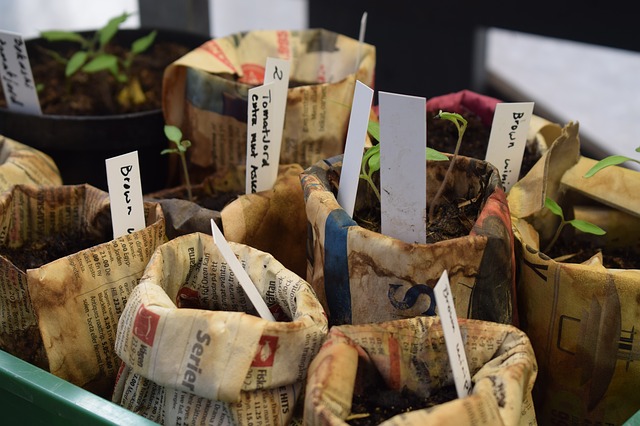

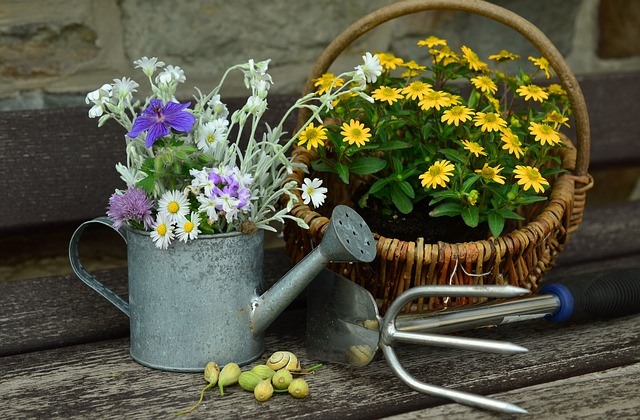
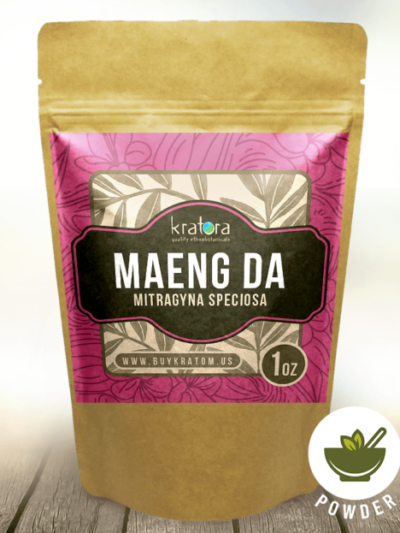
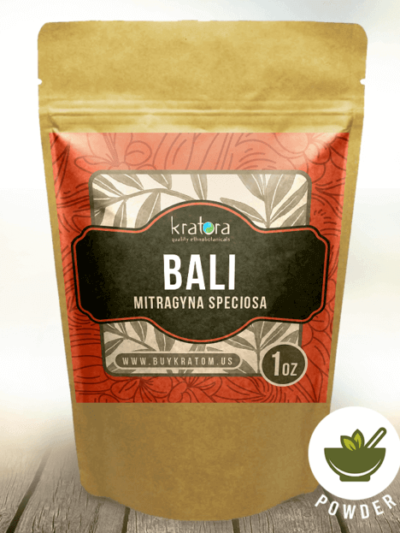
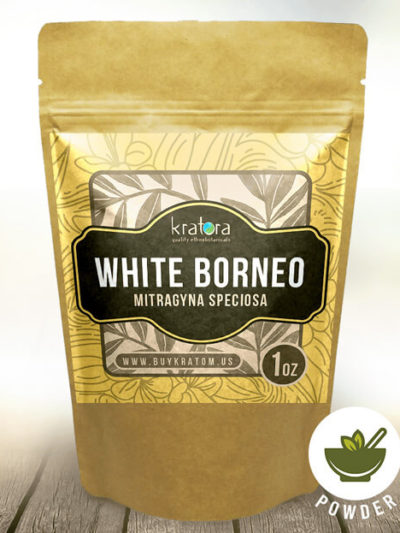


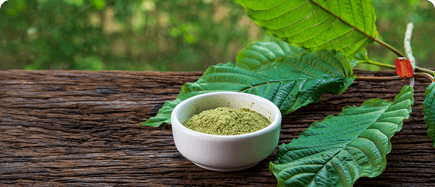
Do you sell any live plants?
Hello,
Thank you for visiting Kratora. We don’t sell any live plants.
Great article. I live in Portland Oregon. Is Portland a decent climate to grow Kratom?
Hello Owen,
Thank you for visiting Kratora. Kratom grows in tropical areas, with a hot and humid climate, so I’m afraid that Portland is not the best place to grow kratom 🙁
I live in Hawaii on 18 acres I really would like to grow a kratom tree do you have seed/ Thank you.
Hi, We do not carry kratom seeds.